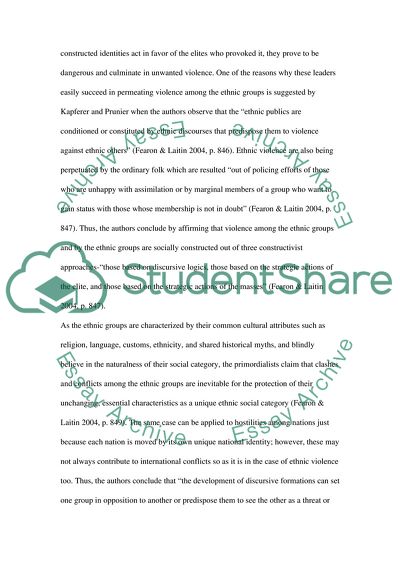Cite this document
(Ethnic Violence as a Socially Constructed Issue Essay, n.d.)
Ethnic Violence as a Socially Constructed Issue Essay. https://studentshare.org/people/1735218-is-violence-socially-constructed-if-so-to-what-extend
Ethnic Violence as a Socially Constructed Issue Essay. https://studentshare.org/people/1735218-is-violence-socially-constructed-if-so-to-what-extend
(Ethnic Violence As a Socially Constructed Issue Essay)
Ethnic Violence As a Socially Constructed Issue Essay. https://studentshare.org/people/1735218-is-violence-socially-constructed-if-so-to-what-extend.
Ethnic Violence As a Socially Constructed Issue Essay. https://studentshare.org/people/1735218-is-violence-socially-constructed-if-so-to-what-extend.
“Ethnic Violence As a Socially Constructed Issue Essay”. https://studentshare.org/people/1735218-is-violence-socially-constructed-if-so-to-what-extend.


